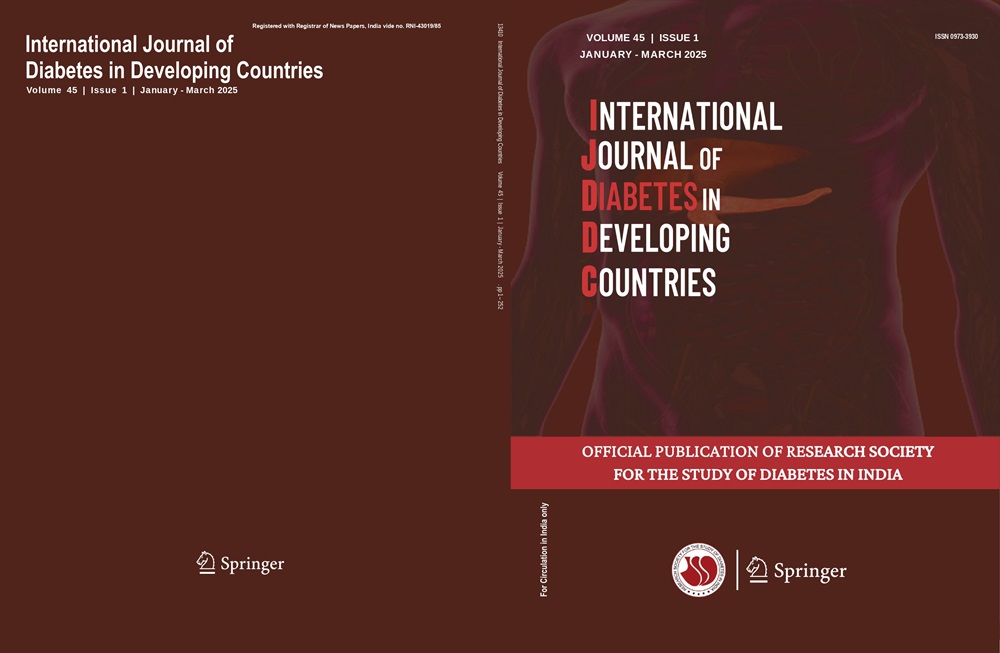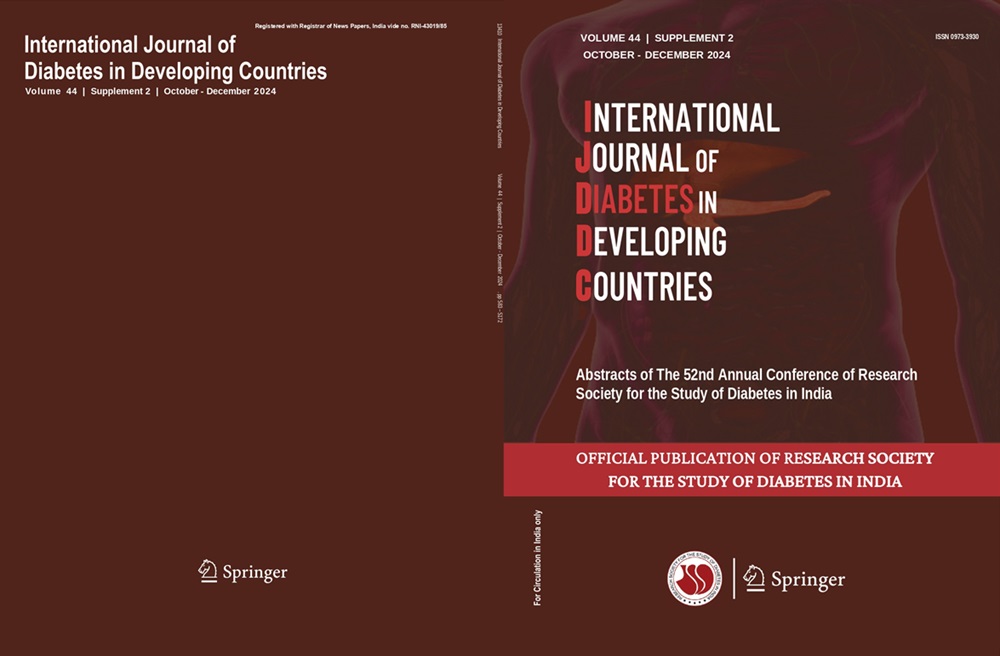F. Barrera-Guarderas, A. P. Flor, S. Coba-Loor, K. Chacn-Andrade
Keywords
Diabetes mellitus • Type 2 • Diabetic retinopathy • Risk factors • Primary level of care
Abstract
Objectives The aim of this study is to evaluate the prevalence, associated factors, and time for diabetic retinopathy (DR) development in Ecuadorian patients with type 2 diabetes (DM2) followed for 10 years.
Methods A retrospective cohort study between 2007 and 2017 included 487 patients with DM2 who had at least one dilated fundus eye examination in Diabetes Center in a primary-health-care level followed up for ten years. Data was collected from clinical records. Sociodemographic and laboratory variables were analysed, determining their association (mean difference and bivariate logistic regression) with DR. Survival time was calculated through life tables and Kaplan-Meier analysis.
Results The prevalence of DR was 19.95% during the 10-year follow-up period. The median time for developing DR was 28.53 (95% CI: 26.89–27.05), showing that 50% of patients have the risk (HR: 4.57) to develop DR in the third decade of DM disease diagnosis. The significant risk factors for progression of DR were duration of DM2, high glycosylated hemoglobin level > 7% (HbA1c Expβ: 1.709, 95% CI: 1.00–2.89), systemic hypertension (HNT Expβ: 2.348 Expβ: 2.348 95% CI: 1.17–4.70%) 95% CI: 1.17–4.70%), low glomerular filtration rate (Expβ: 1.805, GFR, < 60 ml/min/sc1.73) (95% CI: 1.10–2.94) and albuminuria
(Expβ: 2.48 Expβ: 2.48 95% CI: 1.49–4.13).
Conclusions Half of the patients with DM2 treated in a primary level of care will develop DR in the third decade of the disease. There are risk factors related to development of DR, such as low GFR, high HbA1c, albuminuria and HTN. Low GFR, high HbA1c, albuminuria and high blood pressure are related with the presence of retinopathy in diabetes patients.




